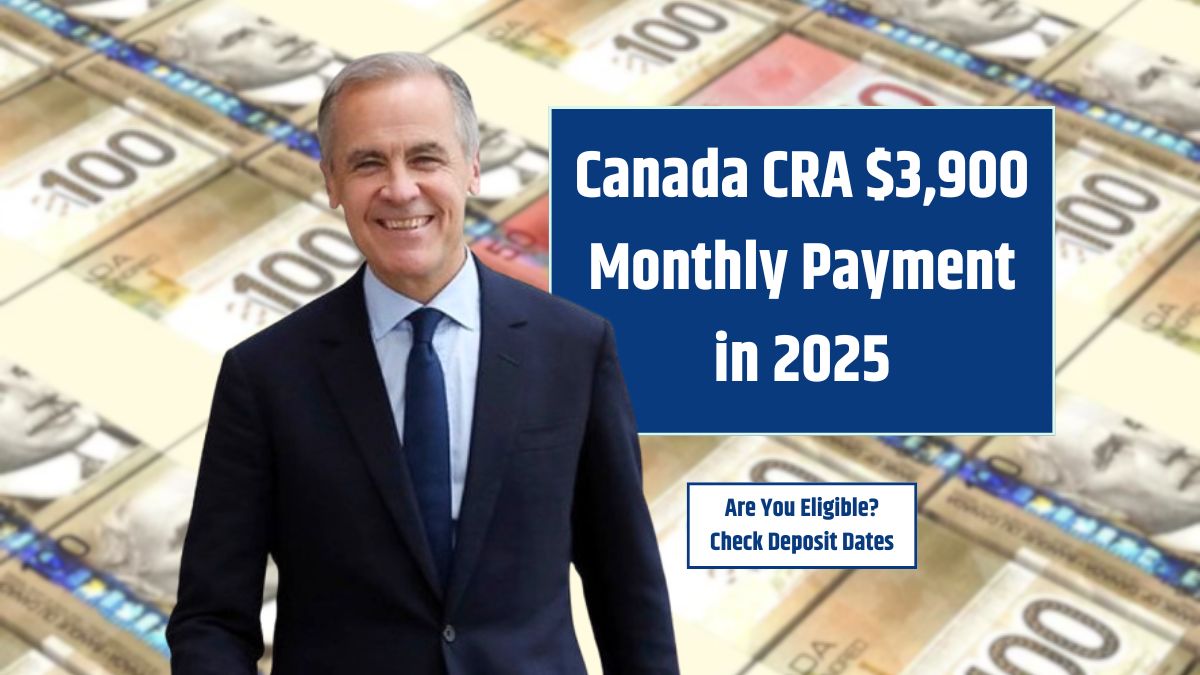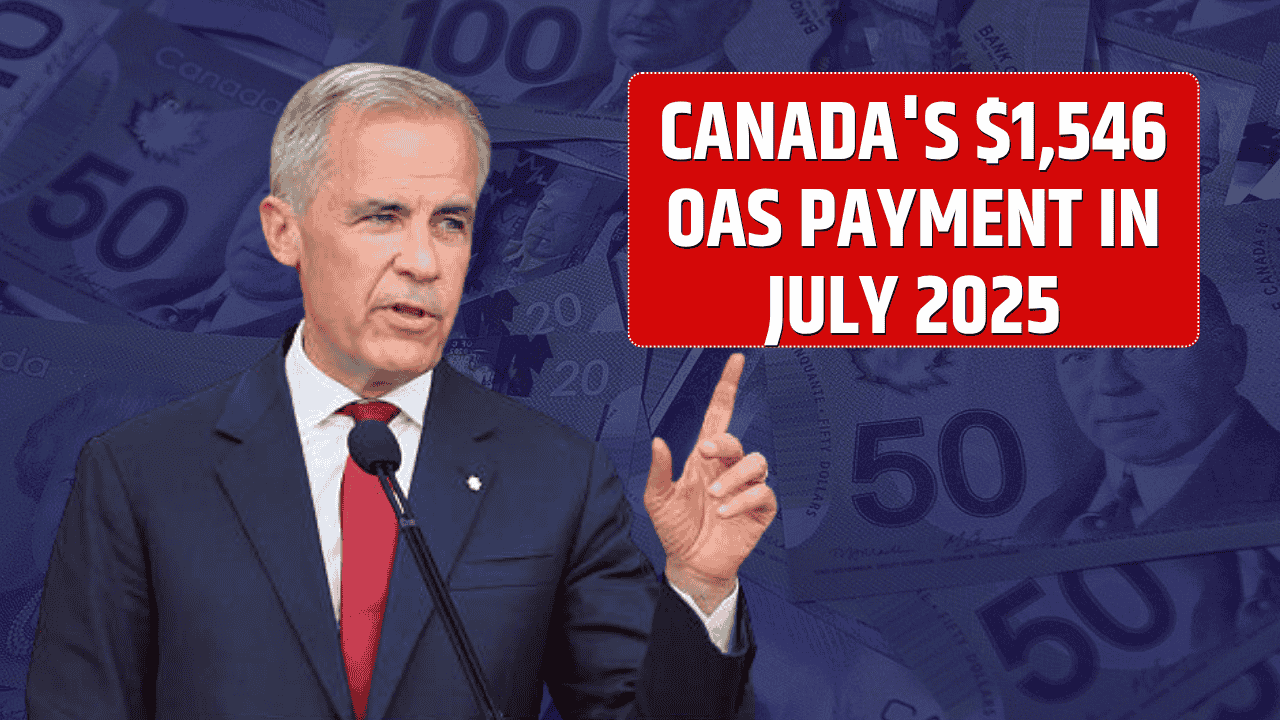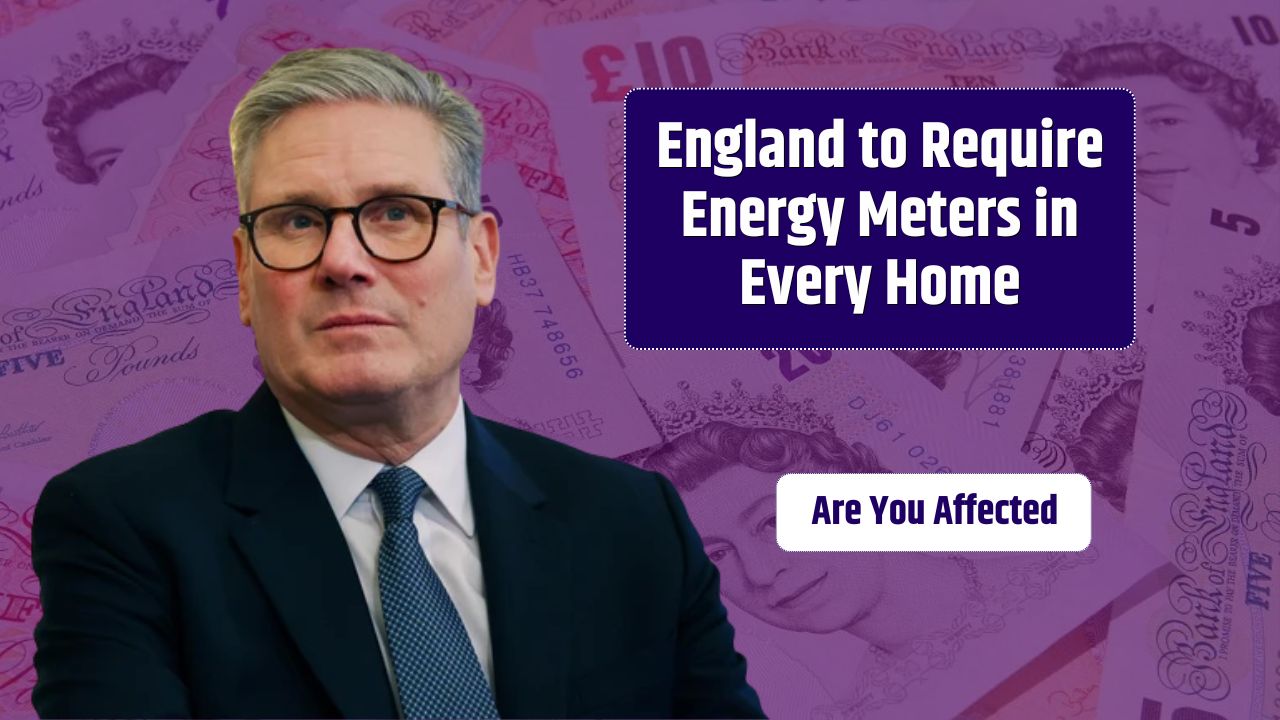As the UK government prepares for changes to the State Pension age, the Department for Work and Pensions (DWP) is encouraging individuals—particularly those born between 6 April 1960 and 5 March 1961—to verify their State Pension eligibility. With the State Pension age gradually increasing from 66 to 67 by 2028, and possibly to 68 in the decades ahead, staying informed is vital for retirement planning.
Table of Contents
Key State Pension Age Changes
The increase in State Pension age was legislated under the Pensions Act 2014 and is designed to reflect rising life expectancy and to equalize retirement ages for men and women across the UK. The timeline is as follows:
| Age Change | Timeframe |
|---|---|
| From 66 to 67 | 2026 to 2028 |
| From 67 to 68 | Between 2044 and 2046 (subject to review) |
The government is also required to review pension age policy every five years. A decision on the timeline for the move to age 68 is expected before 2030.
Who Should Check Now?
If you were born between 6 April 1960 and 5 March 1961, the DWP strongly recommends checking your State Pension age via the official GOV.UK online tool. This tool allows you to:
- Find out your exact State Pension age
- See when you’ll be eligible for Pension Credit
- Begin planning for your retirement income
Importantly, anyone, regardless of age, can use this tool to estimate their State Pension date and payment eligibility.
2025/26 State Pension Payment Rates
For the 2025/26 tax year, the government has confirmed the following weekly rates:
| Pension Type | Weekly Amount |
|---|---|
| Full New State Pension | £230.25 |
| Full Basic State Pension | £176.45 |
These amounts reflect the government’s Triple Lock commitment, which ensures annual increases based on the highest of inflation, wage growth, or 2.5%. The Labour government has pledged to maintain this system throughout its term.
How the State Pension Affects Your Taxes
Understanding the tax implications of your State Pension is essential:
- The Personal Allowance will remain fixed at £12,570 for 2025/26.
- If your only income is the State Pension, you won’t pay tax.
- If you have additional income (e.g., private pensions, investments), you may owe tax.
- Taxes are collected retrospectively, so if you exceed the tax-free threshold in 2025/26, HMRC will issue a tax bill in July 2026.
National Insurance and Your State Pension
To qualify for the full New State Pension, you need at least 35 years of National Insurance (NI) contributions.
If you have fewer years, you can “top up” your record by paying for missing years. This can be done through:
- Your personal tax account on GOV.UK
- The HMRC mobile app
- The National Insurance payments service, launched in April 2024
While topping up can increase your pension, it’s important to consider the cost versus potential benefits, especially if you’re close to retirement.
Why This Matters Now
With the State Pension age set to rise and digital tools making it easier to track eligibility, there’s never been a better time to check where you stand. Whether you’re approaching retirement or planning ahead, understanding your entitlement and any gaps in your NI record is essential to securing a financially stable retirement.
FAQs
How do I check my State Pension age?
Use the GOV.UK tool: www.gov.uk/state-pension-age
Who needs to check their eligibility right now?
Those born between 6 April 1960 and 5 March 1961 are urged to check their eligibility and retirement age details.
What is the State Pension amount for 2025/26?
£230.25/week for the New State Pension and £176.45/week for the Basic State Pension.
Will I pay tax on my State Pension?
If your total income exceeds the £12,570 Personal Allowance, yes. Otherwise, no tax is due.
Can I top up my National Insurance contributions?
Yes. You can view and pay for missing years through your personal tax account or the HMRC app.


























